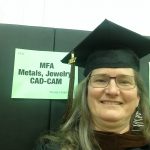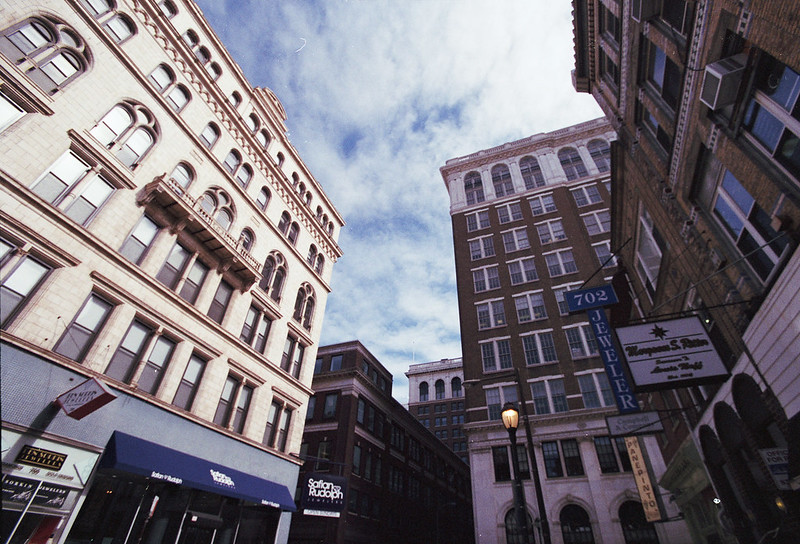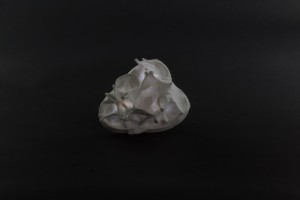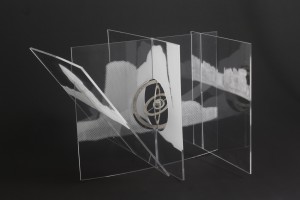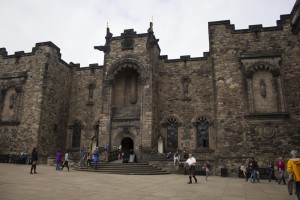Two years ago, at this time in 2013, I was a week away from leaving for the adventure of a lifetime, a semester abroad in Rome. Since my return, there has been a lot of reflection on the experience and how it continues to affect me as a person as well as my work as an artist.
In the last few weeks several people who are doing the semester or just planning time in Rome asked me for a list of things to see and tips about Rome. Here we go…
First thing to remember, you won’t see it all. Can’t, won’t, don’t try. You’ll hear it a million times: Roma, non basta una vita. It means- Rome, a lifetime is not enough.
So prioritize. Make a list of what you want to see. Make the list before you go. It can be revised as you learn about more things while you are there, but keep this list handy and check it weekly. In fact, hang it on the fridge or on your door. Put things on the calendar and check the calendar. It often happens that people make a list and forget about it by going out of town almost every weekend until the last few weeks, then rush around Rome trying to see “everything.”
The seasons are important. The weather is typically Mediterranean in that it’s a mild climate in the winter, very wet and occasionally pretty cold, but snow is rare. As the weather warms up, Rome begins to get very congested as the tourist season kicks in. Save the not very popular, off the beaten path destinations for the later part of the semester when the city is crowded and get the blockbuster visits done early, when the city is still cold and less crowded. St Peter’s in February is very different than St Peter’s the week before Holy Week. The Sistine Chapel is always crowded, so try to get it out of the way first. If you have no choice about your dates, at the very least book your timed tickets early in the day.
For Catholics, the Wednesday audience with the Pope is worth trying to attend, but this will require planning and timing since the tickets need to be picked up the day before or the morning of the audience. There are details about how to do this here http://www.papalaudience.org/tickets remember that tickets are first come, first served. If you do not have a reservation, there is no guarantee. You can make reservations through the link.
The Forum and the Coliseum are very tiring, but a must see for those who want to really experience the ancient history of the city. Just walking through the Centro Storico (the historical center) of Rome, allows one to see the many layers of this city. Don’t forget to check out the Coliseum at night. It’s beautifully lit.
If you want to experience art history, then make a priority to spend a day at the Capitoline Museum on Capitoline Hill, a bonus is that you can get a great view of the forum from inside. Then spend another day at the Borghese Gallery. If you have ever admired the work of Bernini, his most legendary pieces found here must be experienced in person.
Maybe you prefer the macabre, head to the Capuchin Crypt at the Santa Maria della Concezione near the Barberini station. There are a series of chapels decorated with the bones of Capuchin monks. Believe it or not, it’s quite tasteful. Unlike most of the churches, it’s not free though.
Many of the churches in Rome address the theme of mortality in their altars and sculpture. Smiling skulls, depictions of martyred saints and displays of odd relics can be found in nearly all of the 900 churches in the city. If this is your thing, set aside some time to just wander into the churches and look around. From the sponge of St Apollonia to the foot of Mary Magdalene, it’s like a game to see what you can find in the many churches.
But it’s not just mortality and relics in the churches, you will also find ancient mosaics, sculpture and architecture. The churches of Rome are full of amazing artifacts that are worth seeing. Most churches in Rome allow photography without flash, but the light is often low. If you use an SLR try to pack a lens with a big f-stop(2.8 or below if possible) to use in churches and museums. Bring a tripod if you have one, to keep the camera still for long exposures in dark churches and taking photos of the city at night.
And while you’re taking pictures, walk around the city at the “golden hour” that time around sunset or sunrise. The light in the city bouncing off the domes and fountains is the perfect opportunity for really lovely photos. And keep your camera handy in the rain, too. The puddles and wet cobblestones can create amazing reflections.
Do you prefer modern design? Italian design is the envy of the world and although most of the big names are based in Milan, you can walk from Piazza del Popolo down Via Del Corso and work your way West towards the Spanish Steps. High end retailers and designers make this area of Rome a shopper’s destination.
One of my interests as a jeweler was to see the metal work of the Etruscans. There is a museum devoted entirely to the artifacts of this ancient culture that lived in the region North of Rome. It is housed in a former palace called Villa Guilia in the area North of Piazza del Popolo. It is a short tram ride from Temple Rome.
Then there is the food. Enjoy the pizza, but make sure you cook for yourself, too. Supplied daily by the surrounding farms of the area, you want to shop in the open air markets. It’s a great way to get to know the Italian words for fruit and vegetables. The vendors are happy to take your money even if you just point and tell them how many you want with your fingers. We got to know the bread lady really well at our local market and would practice our Italian and she would practice her English.
I must not forget to point out the 24 hour bakery Dolce Maniera. It’s about a block from the Ottaviano stop and the food is not only reasonable priced and available at all times, it’s amazing. Have a tiramisu for me….or three.
There are so many layers to Rome. Take as big a bite as you can. If you want to read more details about what I experienced in Rome, check out my posts from January 2013 to May 2013.
